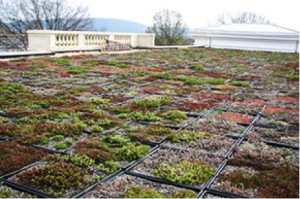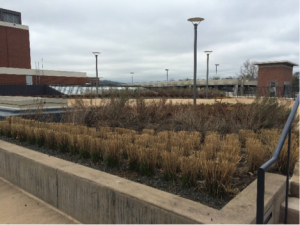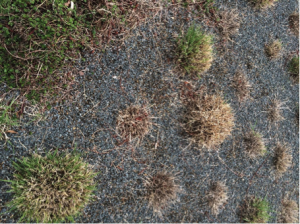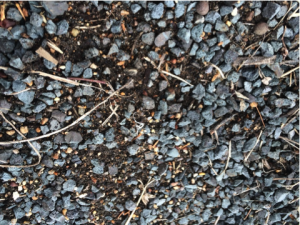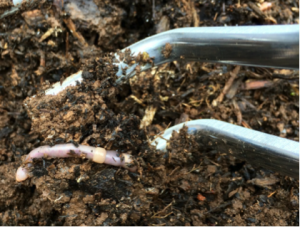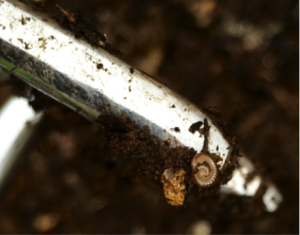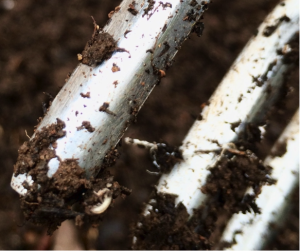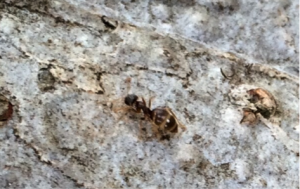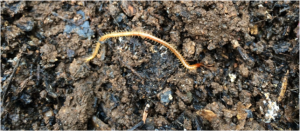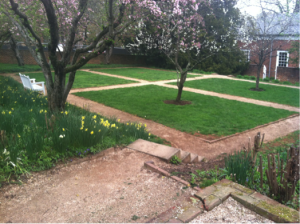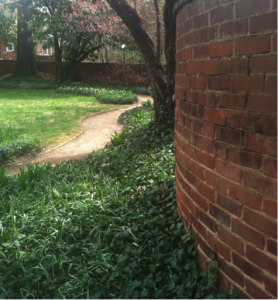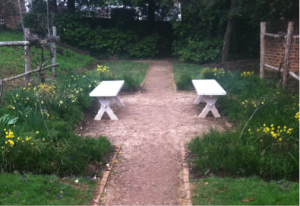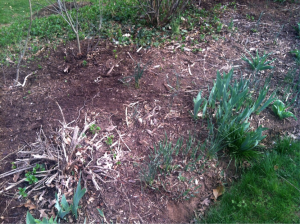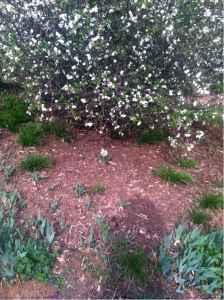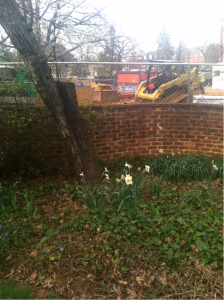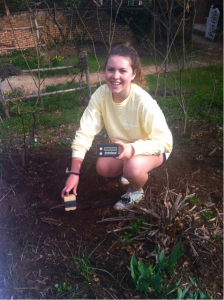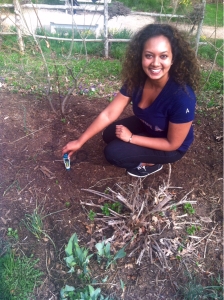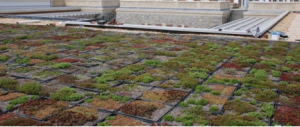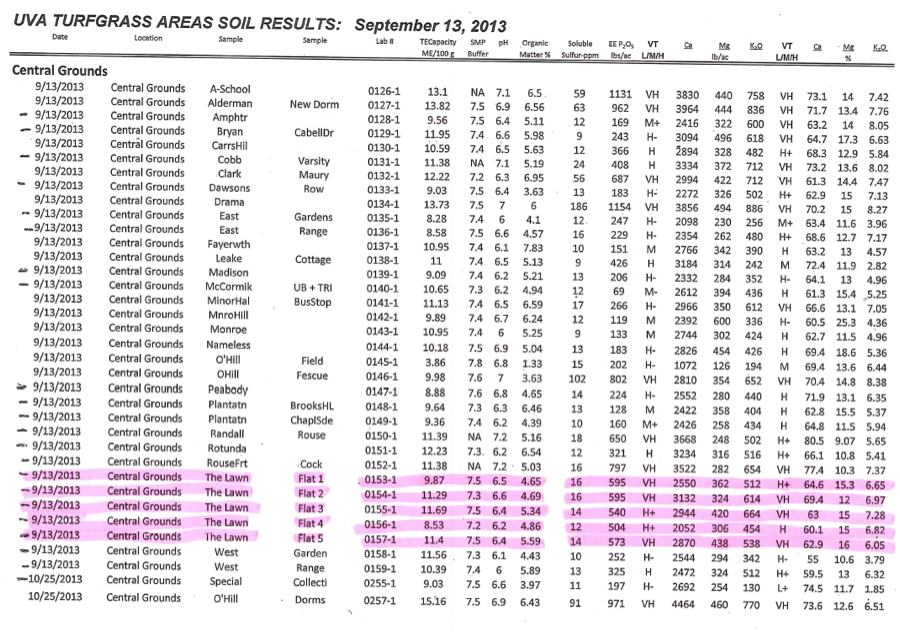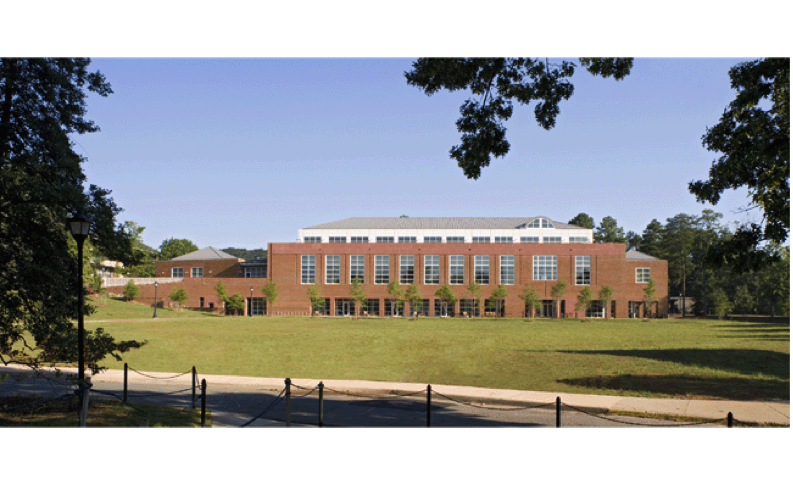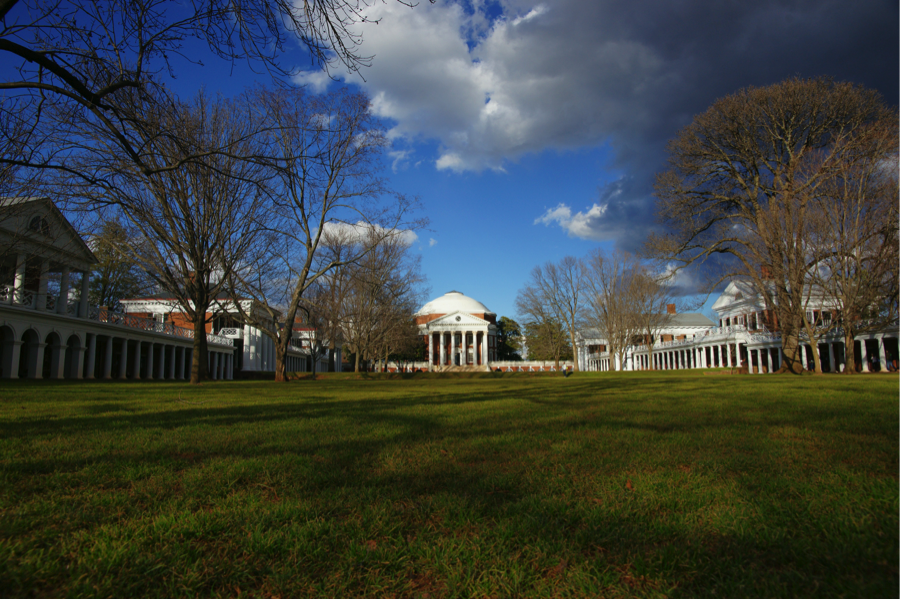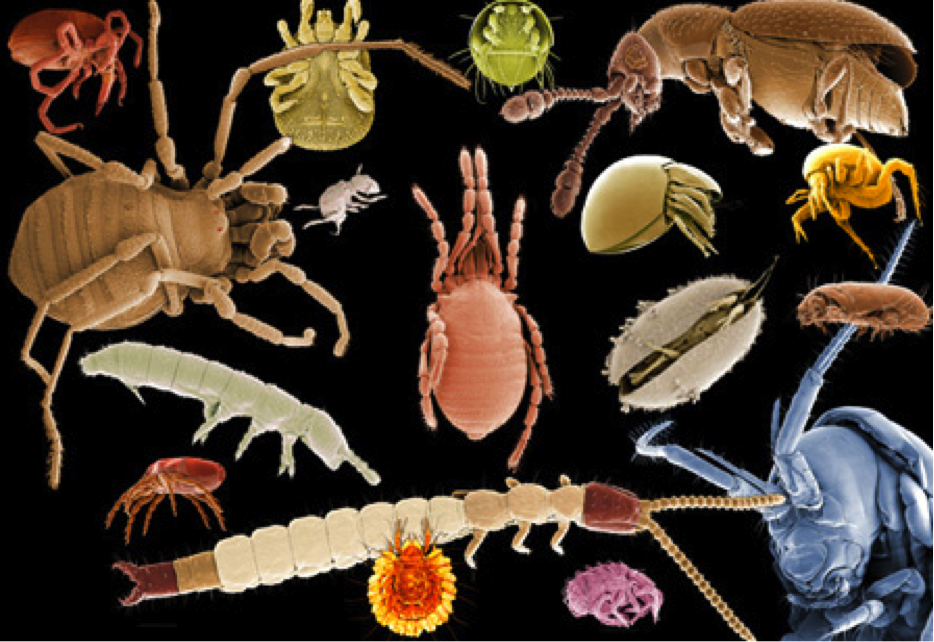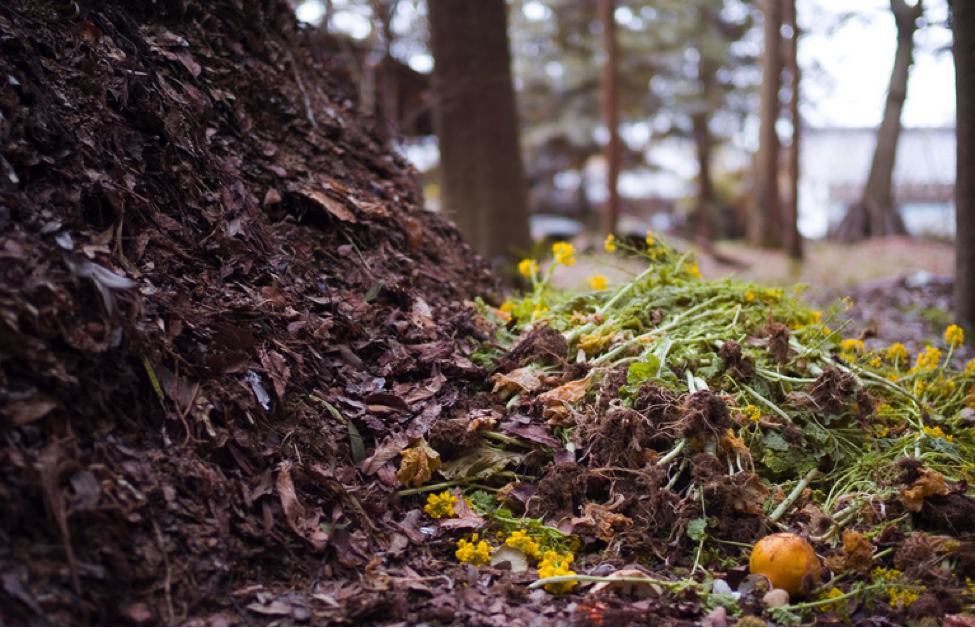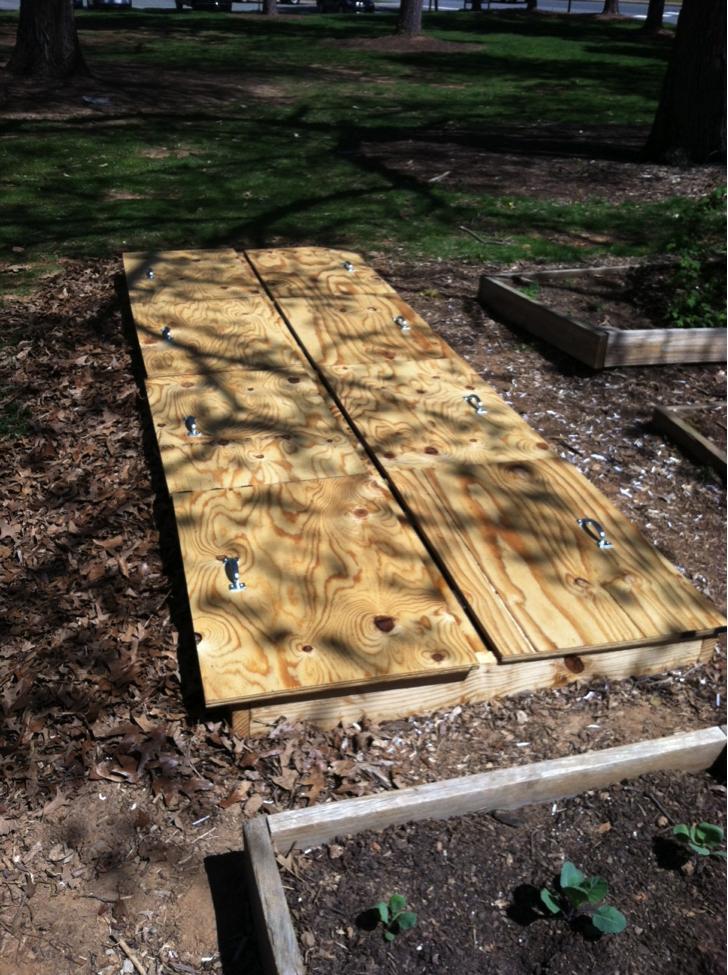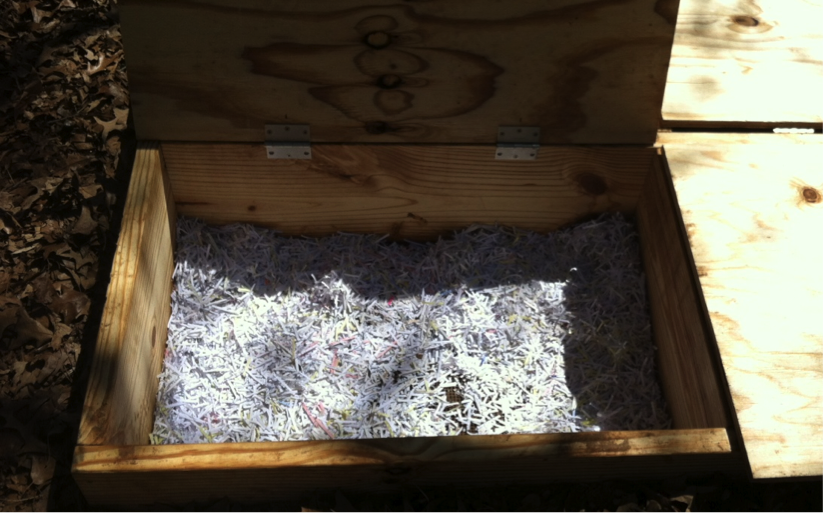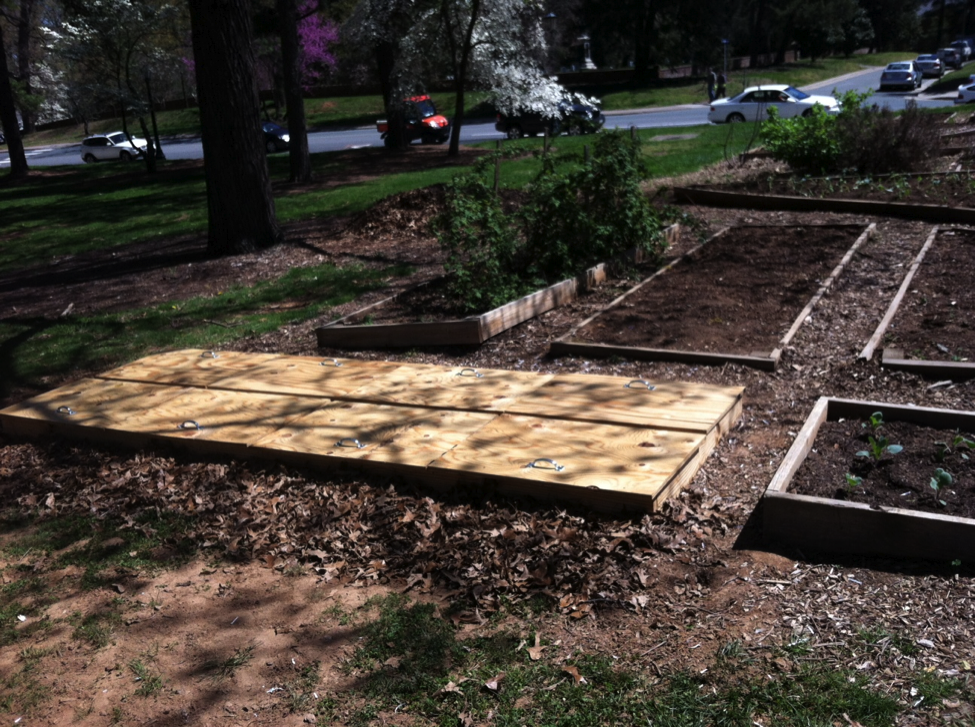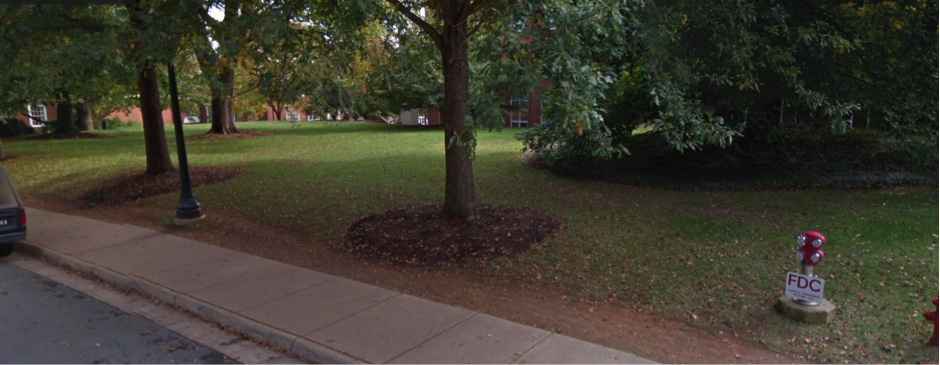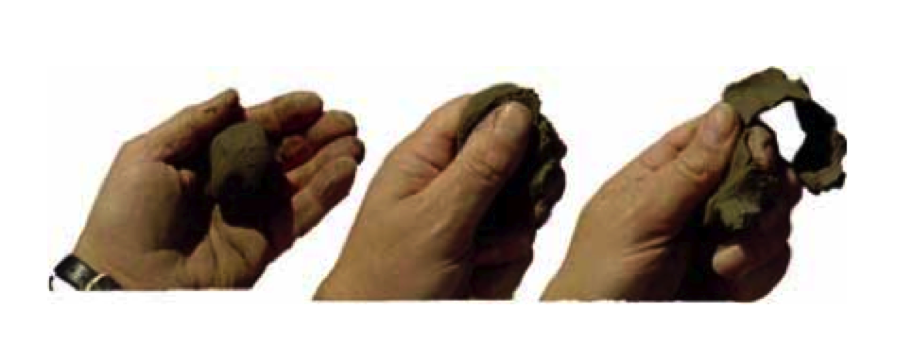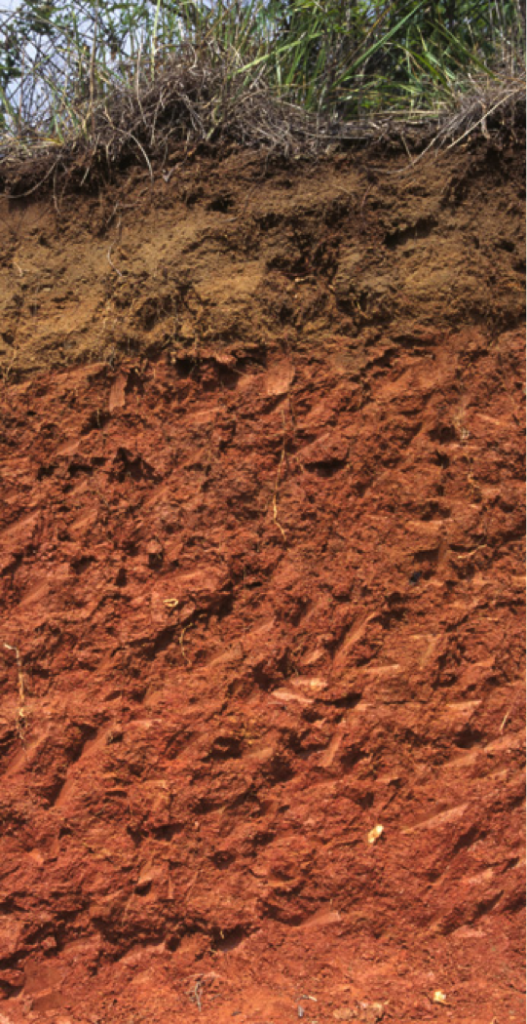Typically, people connote soil with the ground. When thinking about soil and plant life, everyone always seems to look downwards at their feet. As we go further into the twenty first century, this image is going to be changing as people are going to have to look up to find soil. Yes, there will always be soil at our feet, but now there is a huge push towards green roofs, or gardens on top of buildings. As urbanization continues to increase, so will the growth of urban gardens on rooftops. As this change occurs, one question will be how this soil above ground is different from that below our feet?
To some, the idea of a green roof may be a newer or foreign concept, but here in Charlottesville, they are very present. In the University of Virginia community itself, there are green roofs popping up on the newer buildings. In 2012, the University made it a goal to receive a Green Seal Certification by combing advanced technology with environmentally conscious practices. The green roofs popping up around grounds are part of this initiative.
Rouss Hall Green Roof
Our initial plan was to take observations and soil measurements at the green roof on top of the new school of commerce building, Rouss Hall. The layout of this green roof is a grid of 4 by 4 plastic panels deep enough to plant sedum in between each one. The soil and sedum plants help serve as a layer of insulation for the building by absorbing heat and also protecting from the cold. The choice of soil and sedum plants also holds waterfall to release it slowly and prevent flooding.
Green Roof on Ruth Caplin Theater
We later decided on using the green roof on the Ruth Caplin Theater to observe the soil. This garden is a green roof hidden in plain sight. The ground has a very thin layer of soil covered in a thin layer of gravel. This helps to absorb water. Around the outer edges of the garden are rosemary plants, while in the middle were a variety of sedum plants. This garden is separated by pathways, so the public can easily walk around it. Building this green roof was part of the initiative for helping UVA gain its Green Seal Certification.
Gravel Soil and Sedum Plants on Ruth Caplin Theater
Gravel on Ruth Caplin Theater Green Roof
The common factor between both roofs was the gravel combination with the soil and the use of sedum plants. Sedum plants can be both low growing or grow tall. The low growing sedum plants only grow to be a few inches off of the ground and are usually planted in rock gardens. High growing sedum grow to be a couple of feet tall and are usually used as a border between flowers. These sedum plants are so common on the rooftops because they are low maintenance and do not require frequent watering. They also do not need shade and can be in direct sunlight. Another benefit, is sedum plants attract butterflies. The low maintenance of these plants and ability for them to form the basis of a garden community explain why they are so common as the main plants used in green rooftops.
As urbanization and the push to be more sustainable increases, green roofs will become more common. Green roofs will become more familiar and we will become more acquainted with the idea of sedum plants and gravel soil as we look up to the gardens, rather than down.
Sources
http://www.cavalierdaily.com/article/2005/04/green-roof-to-atop-new-comm-school
http://www.fm.virginia.edu/docs/annualreportFM/2012-2013AnnualReport-FM.pdf
http://www.garden.org/plantguide/?q=show&id=2059
Post by Danielle Danzing
